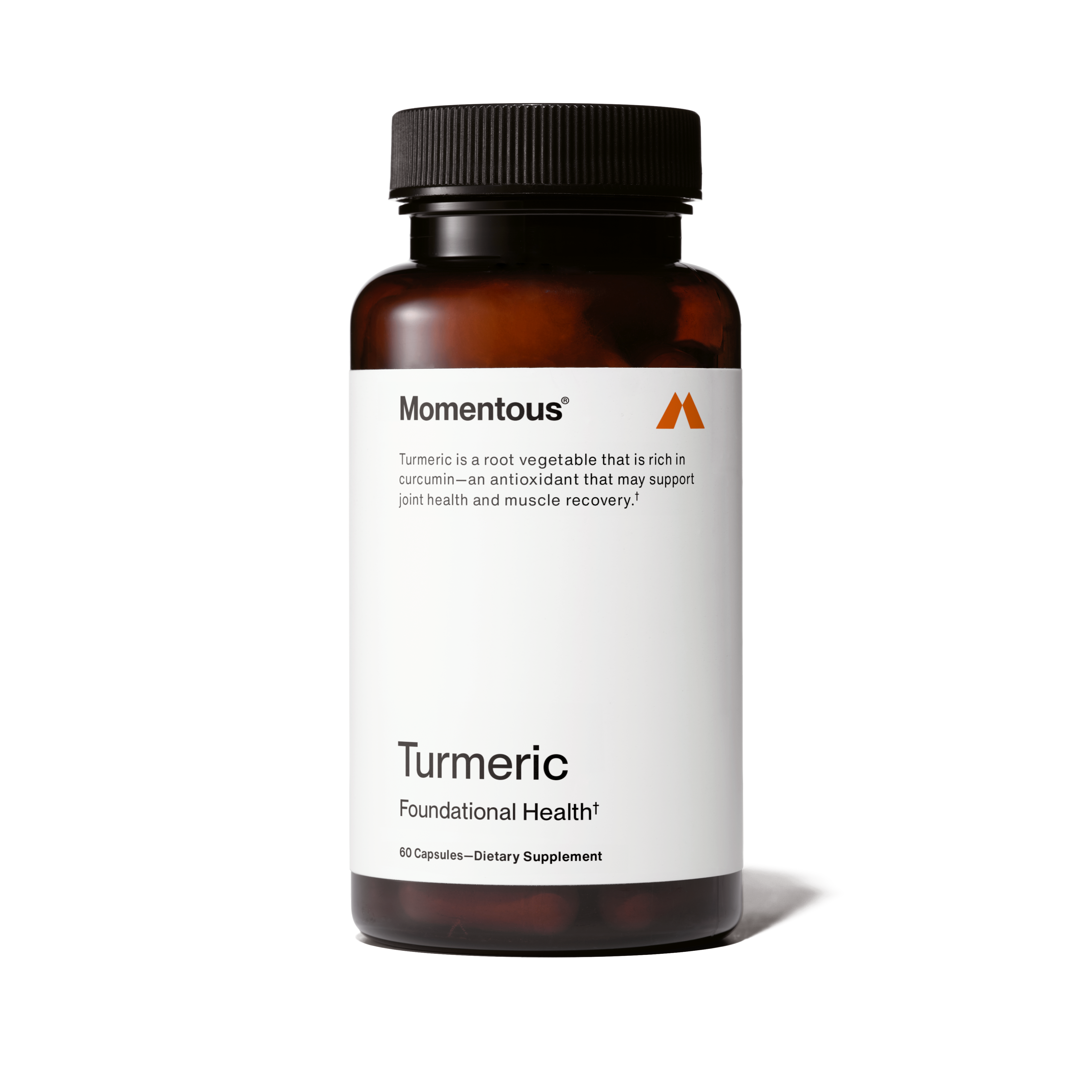Grass-fed collagen plus FORTIGEL® to support joints + soft tissue
Potent, clean Omega-3 for cardiovascular + brain health
High-strength D3 for bone + immune health
Curcumin-rich antioxident to support inflammation response
Injury prevention is crucial to unlocking your full potential. Being hurt can take a toll on our physical well-being and disrupt the rhythm of our daily lives. Although some injuries might be inevitable, many can be averted through a blend of quality movement, mindful recovery, and solid injury prevention tactics. We're here to help you unravel injury prevention secrets and unleash your true capabilities.
Injuries often strike when we're fatigued, overtrained, or when our bodies aren't quite ready for the challenges we face. Shifting our focus towards prevention rather than treatment can significantly decrease the likelihood of injuries and keep us on track with our training routines. The strategies outlined below will empower you to stay healthy, resilient and performing at your peak.
Proper Warm-up and Cool-down
Taking the time to engage in proper warm-up and cool-down exercises is vital for preventing injuries. That goes beyond simple stretching. Research has shown that a well-rounded warm-up should include stretching, strengthening, balance exercises, sport-specific agility drills, and landing techniques to prevent injuries effectively (1). By incorporating these movements, you're preparing your body for action, prepping your joints, and activating your nervous system. This approach will set the stage for a safer and more productive workout experience.
Varied Training Plan
Incorporating a balanced mix of endurance, strength, balance, and flexibility training into your routine cultivates a well-rounded foundation for overall health and serves as a key component in injury prevention. By working different muscle groups and exploring various aspects of physical fitness, you can minimize the risk of overuse injuries and muscle imbalances. A diverse training plan also equips you to adapt to a range of physical demands, boosting resilience and enhancing your body's capacity to manage stressors effectively. Your training plan should be tailored to your unique goals, but remember to reassess your progress to make any necessary adjustments periodically.
Balance and Stability
Cultivating balance and stability by consistently training your core, legs, hips, and back is vital in safeguarding yourself from long-term pain. These foundational areas are crucial for boosting your body's capacity to handle forces and adapt to diverse movements during exercise. Integrating exercises like planks, single-leg balance drills, and stability ball workouts into your routine grows your small stabilizer muscles and enhances your proprioception. This increased body awareness helps you skirt injury and improves overall performance across all types of physical activities.
Proper Exercise Habits and Equipment Selection
Proper exercise habits and appropriate equipment are key ingredients to dodge injuries. When selecting equipment, make sure it matches your training objectives and physical needs. Get to know the right way to use each piece of equipment, so you can stay safe and get the most out of your workouts. When in doubt, ask for help. Even one or two sessions with a personal trainer to double-check that your exercises and equipment choices are right for you can make a huge difference in injury prevention.
Quality Movement and Form
Laying down a solid movement foundation and nailing the essentials of each exercise is vital to keeping you healthy and injury-free. Focusing on proper form and technique boosts your workout efficiency and slashes the risk of strain-related injuries or imbalances. Again, don't be shy about reaching out to a personal trainer or joining a group class to double-check that you're moving smoothly and effectively. In the end, mastering the basics paves the way for a safer and more rewarding experience.
Appropriate Volume and Intensity
Attaining the right balance of frequency, intensity, and duration in your workouts is essential to preventing overtraining or undertraining, which can increase the risk of injuries. Aim to craft a training plan that gently nudges you forward, letting your body adapt and grow while allowing for well-deserved rest and recovery. Remember, consistency trumps intensity every time. You'll set yourself up for lasting improvements by sticking to a regular exercise routine.
Listening to Your Body
Embrace the art of tuning into your body's cues and refrain from exercising on existing injuries. Learn to differentiate between pain, soreness, and injury, so you can judge when to push yourself and when to take a step back. By becoming more attuned to your body's various messages, you'll make smarter choices, leading to safer and more effective training.
Knowing Your Medical History
Before diving headfirst into your fitness adventure, make a pit stop to chat with your doctor or a healthcare professional. Their personalized advice will confirm that you're ready to roll and that your selected activities align with your unique health situation without worsening existing conditions. Take the time to understand your body's particular needs so you get better and not worse.
Prioritizing Rest and Recovery
In your quest to conquer your fitness goals, don't forget to give some love to rest and recovery – they're just as important as the exercise itself. Carve out time to cater to your body's needs with quality sleep, staying hydrated, and exploring recovery techniques like stretching or foam rolling. Embracing rest and recovery as essential parts of your fitness routine will create a well-rounded approach to your well-being.
Put these strategies into action and couple them with Momentous' diverse product line – including collagen, PR-lotion, protein, and more – to fully support your journey towards peak health and injury prevention. Remember, an ounce of prevention is worth a pound of cure, so be proactive and invest in your well-being today to avoid setbacks tomorrow.
----
(1) Herman, K., Barton, C., Malliaras, P., & Morrissey, D. (2012). The effectiveness of neuromuscular warm-up strategies, that require no additional equipment, for preventing lower limb injuries during sports participation: a systematic review. BMC Medicine, 10(1), 75.
















